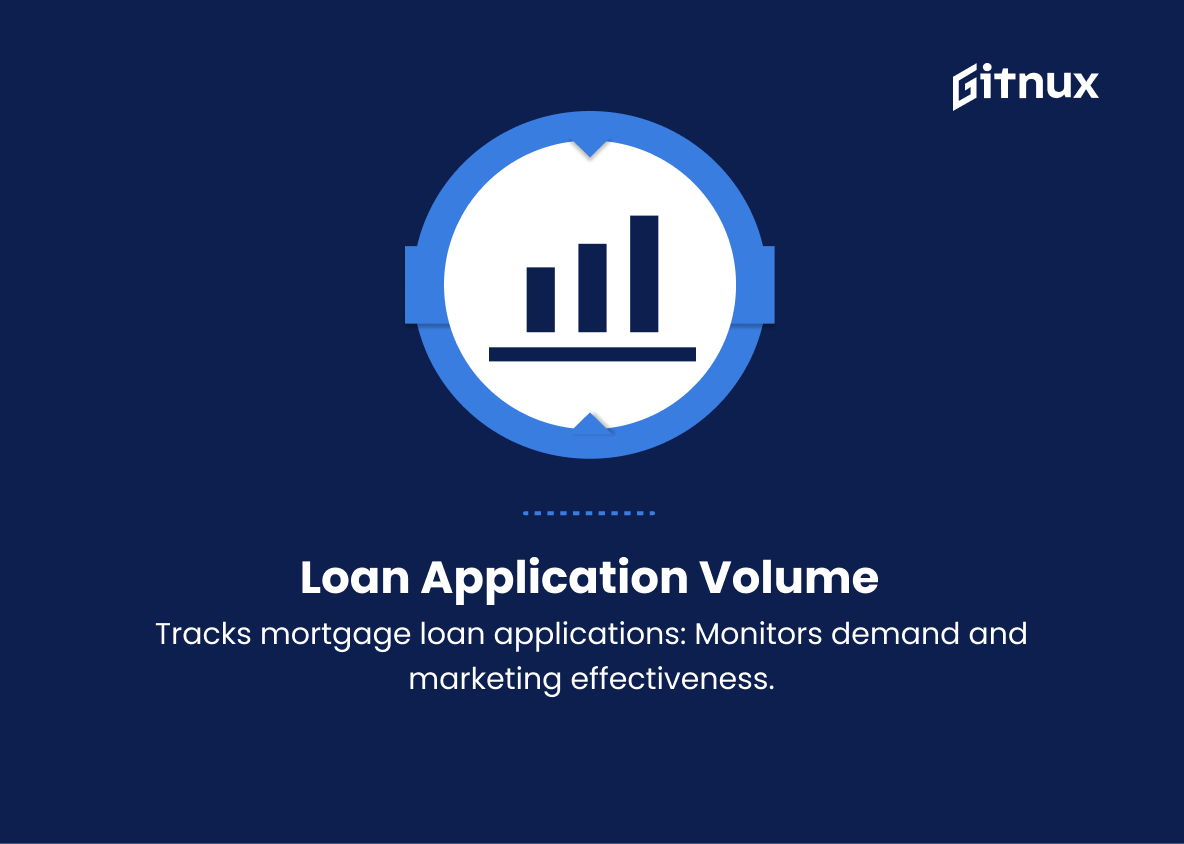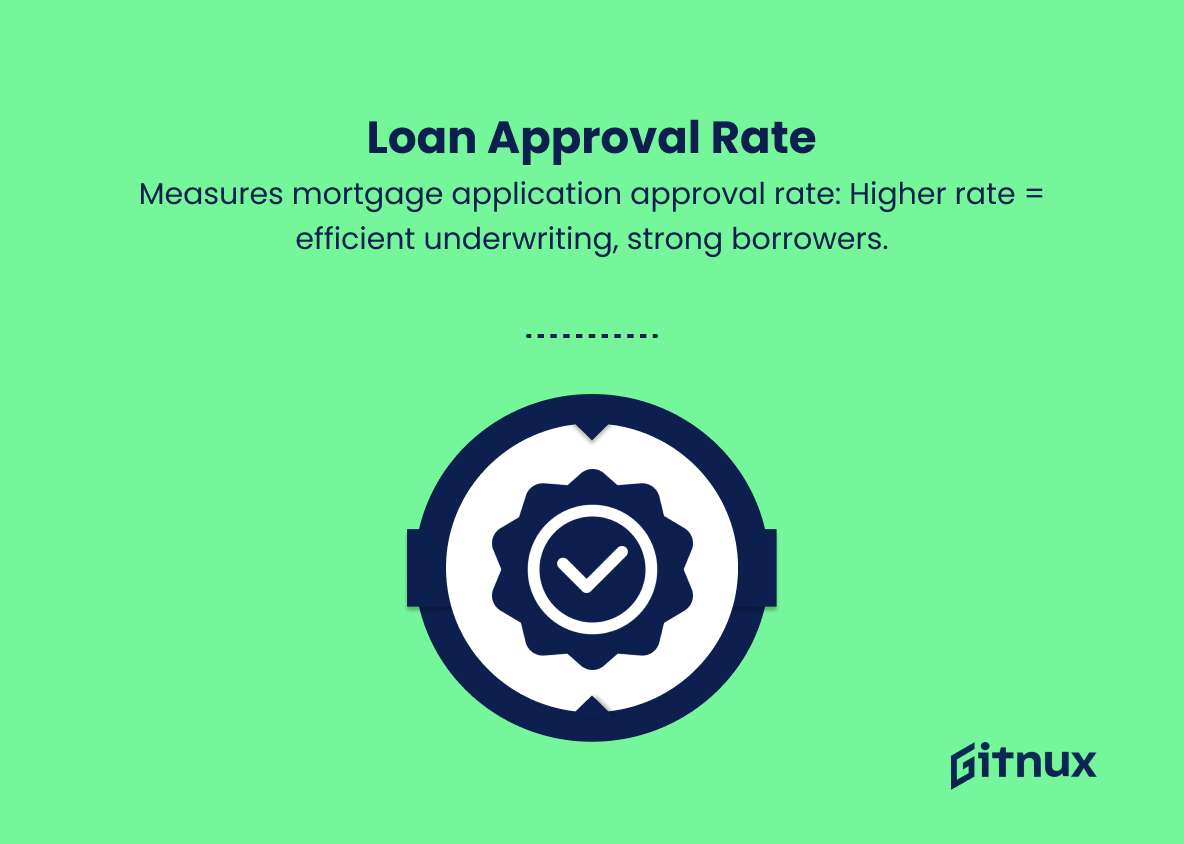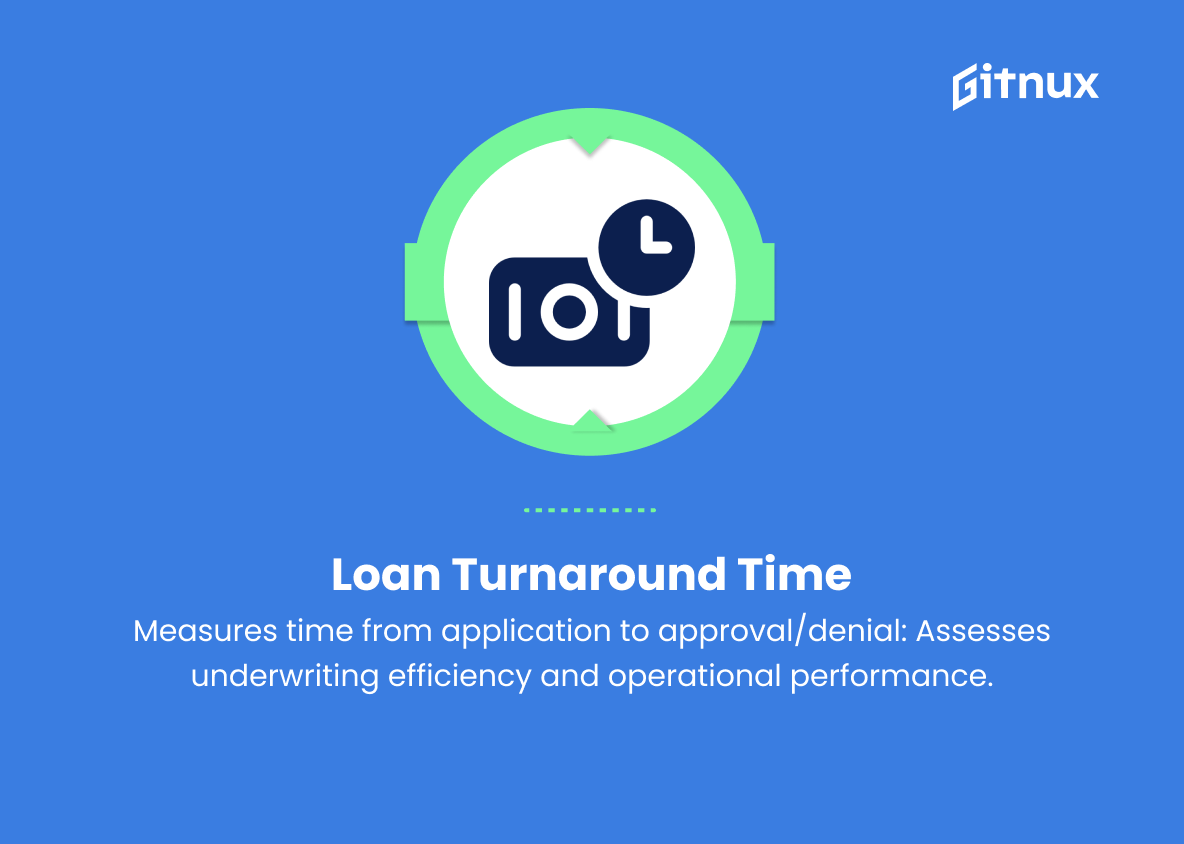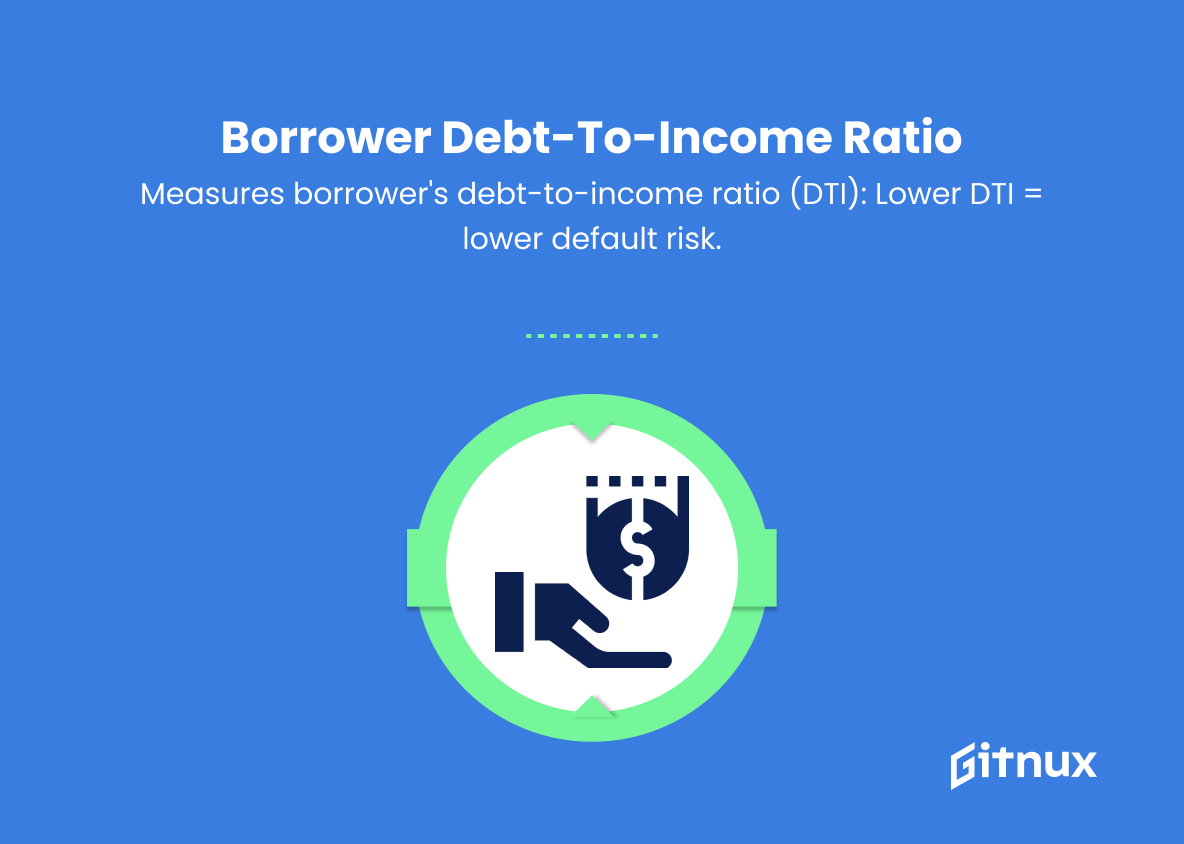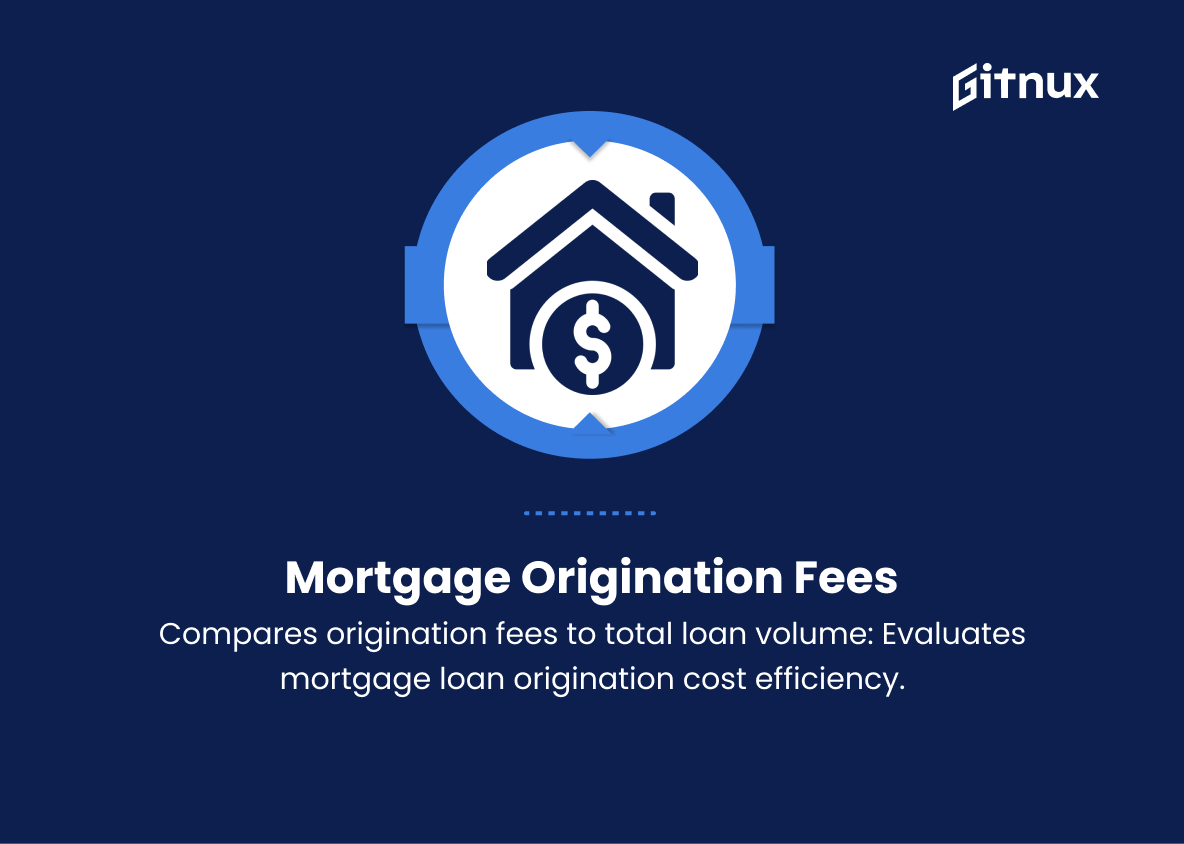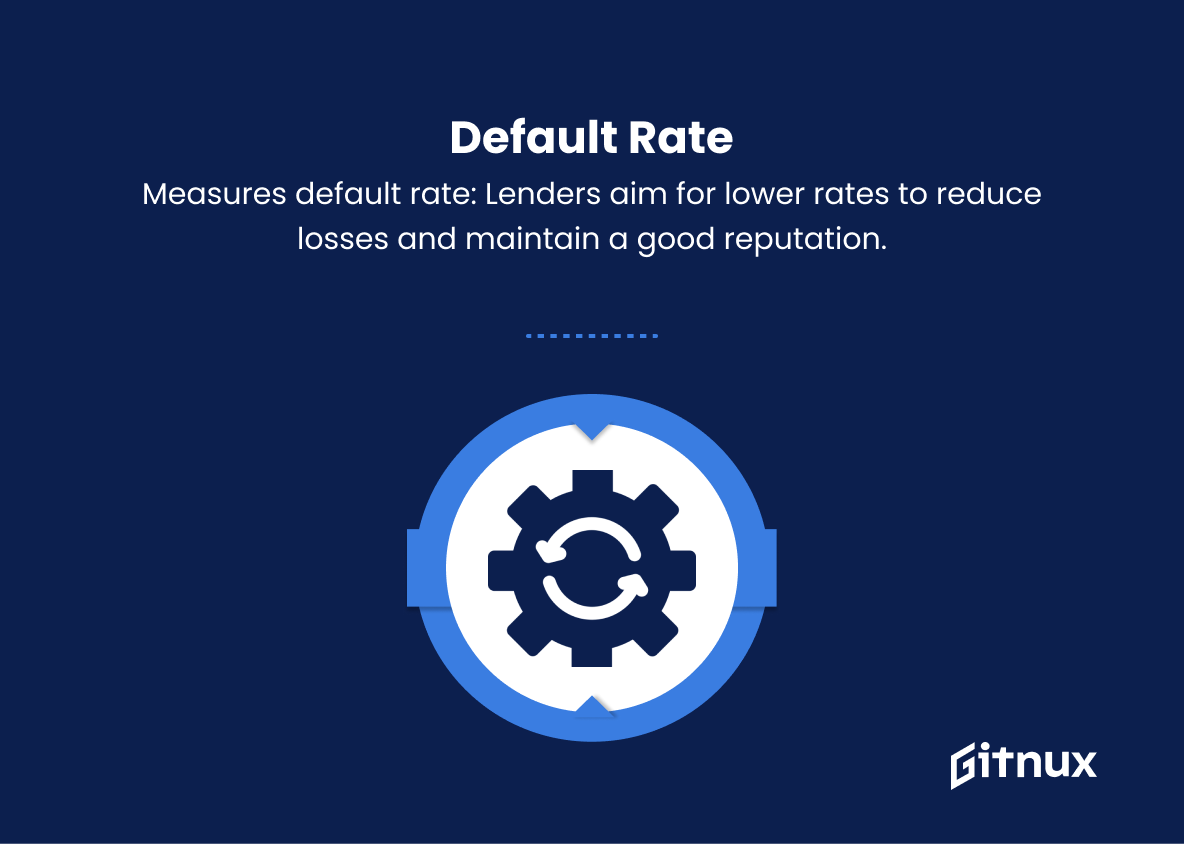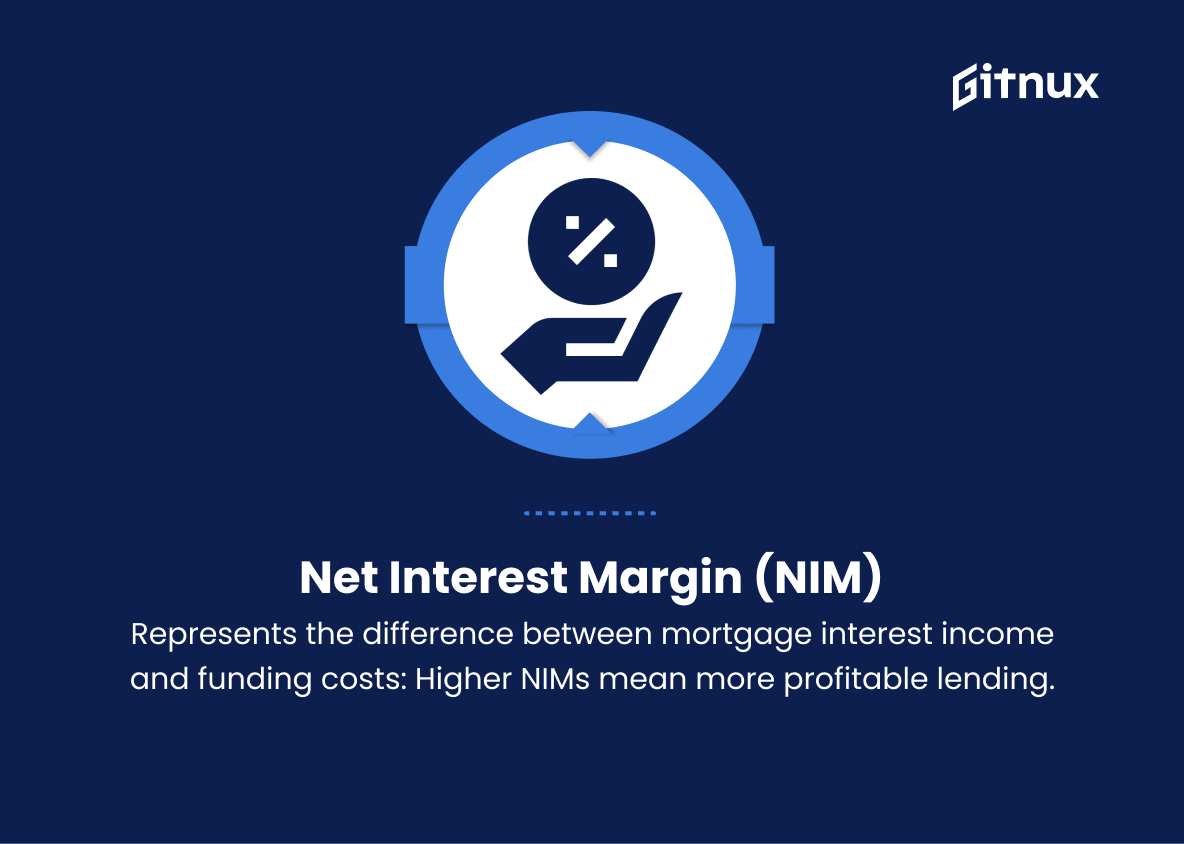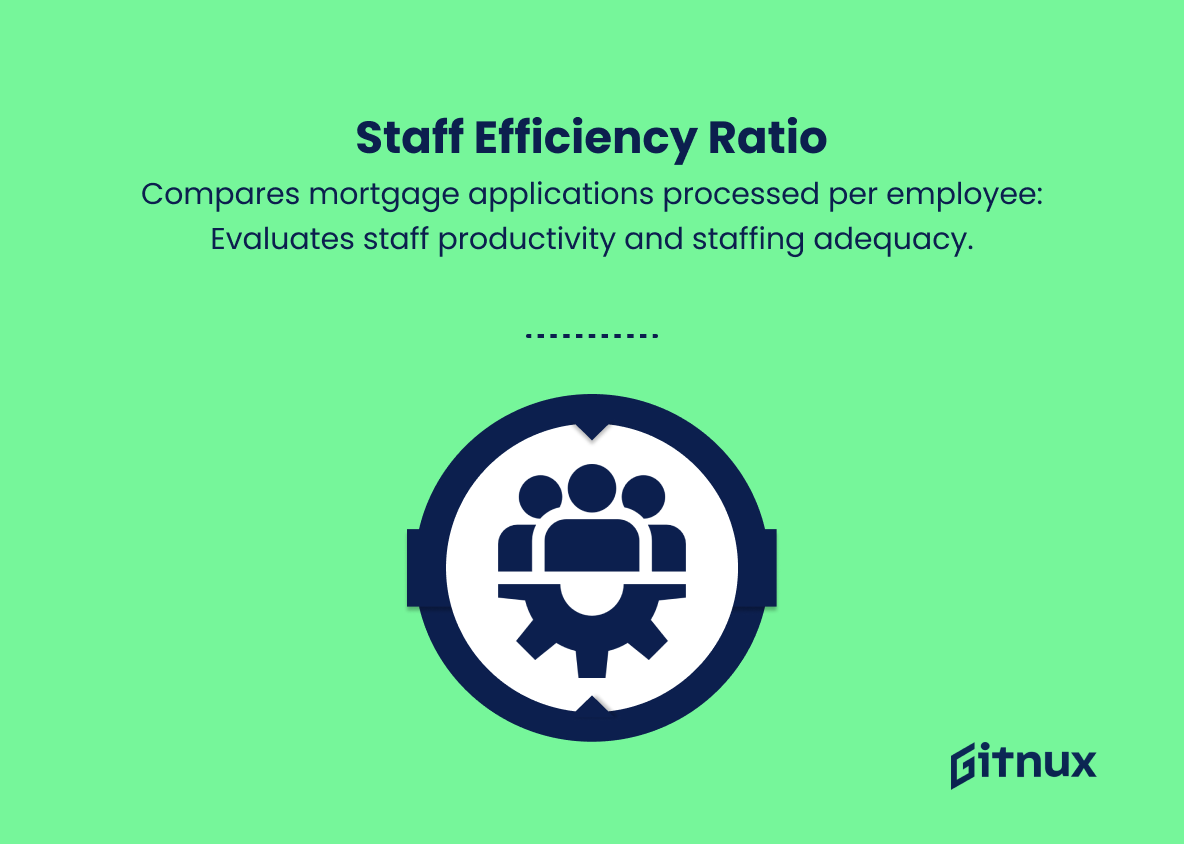In today’s dynamic and rapidly evolving mortgage market, it is more critical than ever for lending institutions and mortgage professionals to stay informed, manage risks, and make informed decisions about their portfolio performance. This can only be achieved by closely monitoring key performance indicators (KPIs) that provide invaluable insights into the efficiency, profitability, and overall health of the mortgage lending process.
In this blog post, we will delve deep into the realm of mortgage lending KPIs, exploring the rationale behind their importance, the specific metrics that industry leaders should be aware of, and how these metrics can aid in making strategic business decisions. By understanding and employing these KPIs, mortgage lenders will be better equipped to navigate and succeed in the competitive mortgage landscape.
Mortgage Lending KPIs You Should Know
1. Loan Application Volume
This KPI tracks the total number of mortgage loan applications received over a given period, allowing lenders to monitor demand for their mortgage products and assess marketing effectiveness.
2. Loan Approval Rate
Measures the percentage of mortgage applications approved by the lender. A higher approval rate indicates a streamlined underwriting process and strong borrower demographics.
3. Loan Turnaround Time
This KPI measures the average time taken between loan application submission and final approval or denial. It helps assess the efficiency of the underwriting process and overall operational performance.
In today’s dynamic and rapidly evolving mortgage market, it is more critical than ever for lending institutions and mortgage professionals to stay informed, manage risks, and make informed decisions about their portfolio performance.4. Loan-to-Value (LTV) Ratio
Indicates the percentage of the property’s value being financed through a mortgage. Higher LTV ratios may suggest a higher risk for the lender, while lower ratios signify lower risk.
5. Average Loan Size
Calculates the average mortgage loan amount disbursed by the lender during a specific period. This KPI helps assess the target market’s preferences and product offerings’ relevance.
6. Borrower Debt-to-Income (DTI) Ratio
Measures the average borrower’s total monthly debt payments relative to their gross monthly income. A lower DTI indicates a lower risk of borrower default.
7. Mortgage Origination Fees
Compares the fees collected from borrowers during the loan origination process to the total mortgage loan volume. This KPI evaluates the relative cost to originate a mortgage loan.
8. Mortgage Pipeline Conversion Rate
The percentage of mortgage applications that successfully move from initial application to closing. This KPI assesses the process efficiency and success rate of conversions.
9. Delinquency Rate
Tracks the proportion of borrowers with outstanding mortgage payments past their due date. A high delinquency rate indicates potential credit risk and can affect the lender’s financial health.
Mortgage lending KPIs play a crucial role in assessing a lender’s overall performance and financial health.10. Default Rate
Measures the percentage of mortgage loans where the borrower has failed to make payments and is at risk of foreclosure. Lenders aim to minimize their default rates to reduce losses and maintain a favorable reputation.
11. Gross Yield
Calculates the annualized percentage return on a mortgage investment based on interest income and fees generated. Higher gross yields can attract more investors to a lender’s portfolio.
12. Mortgage Retention Rate
Measures the percentage of mortgage borrowers who remain with the lender after refinancing or renewing their mortgage terms. A higher retention rate indicates strong customer satisfaction and loyalty.
13. Net Interest Margin (NIM)
Represents the difference between the interest income generated by mortgages and the cost of funds used to finance those loans. Higher NIMs indicate more profitable lending operations.
14. Staff Efficiency Ratio
Compares the number of mortgage loan applications processed per employee to evaluate staff productivity and determine if staffing levels are adequate for the workload.
By tracking and analyzing these mortgage lending KPIs, lenders can identify areas requiring improvement, streamline processes, and make data-driven decisions to enhance profitability and customer satisfaction.
Mortgage Lending KPIs Explained
Mortgage lending KPIs play a crucial role in assessing a lender’s overall performance and financial health. Key metrics like loan application volume, loan approval rate and loan turnaround time provide insight into market demand, underwriting efficiency, and operational effectiveness. Furthermore, KPIs related to borrower risk, such as LTV ratio, average loan size, and debt-to-income ratio, help lenders gauge the creditworthiness of their clients. Monitoring origination fees, mortgage pipeline conversion rates, and staff efficiency ratios enable lenders to optimize processes and ensure cost-effective operations.
Finally, KPIs such as delinquency and default rates, gross yield, mortgage retention rate, and net interest margin assist in evaluating financial performance and customer satisfaction, facilitating data-driven decisions that lead to enhanced profitability and client loyalty. Overall, these mortgage lending KPIs are vital tools for lenders to continually improve and maintain a competitive edge in the market.
Conclusion
In summary, understanding and tracking the right Mortgage Lending KPIs can significantly transform the way mortgage lenders operate and ensure success in the ever-evolving mortgage landscape. By identifying and prioritizing essential indicators such as application abandonment rate, time to close, LTV ratio, mortgage approval rate, and customer satisfaction, lenders can develop a much clearer and more accurate snapshot of their overall performance in the market.
This allows them to make strategic, data-driven decisions to improve efficiencies, reduce risk, enhance customer engagement, and ultimately grow their business. By prioritizing these KPIs and continuously monitoring their performance, mortgage lenders can stay ahead of their competition and ensure they remain at the forefront of an increasingly competitive industry.
